How Learning Transformation is Changing HR and L&D
Each year the HR and L&D community meet in Berlin to talk about learning transformation in HR and L&D. It’s a day filled with learning, networking and peer exchange. This year, for the ninth annual Speexx Exchange conference, members of this dynamic community explored the topic of learning transformation, led by digital learning expert and Towards Maturity founder Laura Overton.
Discussing Learning Transformation
More than 150 HR and L&D experts joined in on discussion surrounding learning trends, traded best practices and shared benchmark reports, worked collectively to discover new solutions to the challenges the community is facing, and worked to prepare for the ways in which learning transformation is changing HR and L&D.
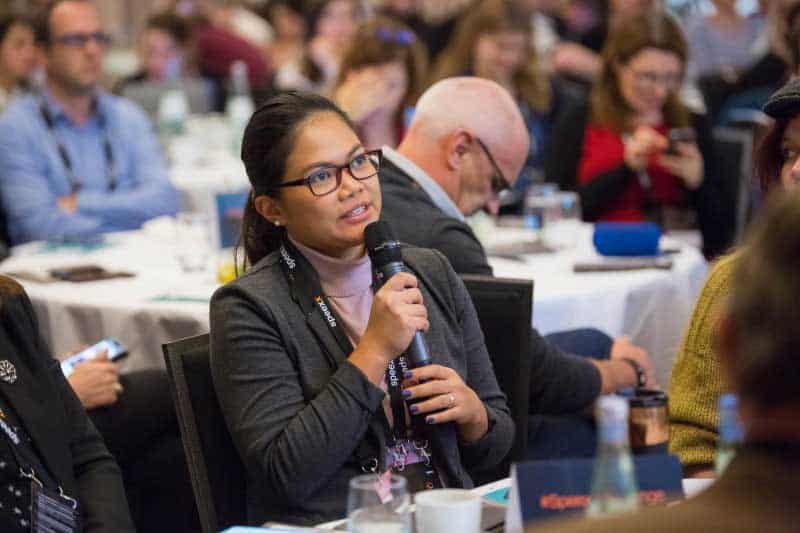
Thought leaders on learning transformation
With nine digital learning experts and thought leaders speaking on various topics surrounding learning transformation, it was a day packed with insightful discussions and interactive sessions, with all attendees working to define what drives success in corporate learning, HR and business.
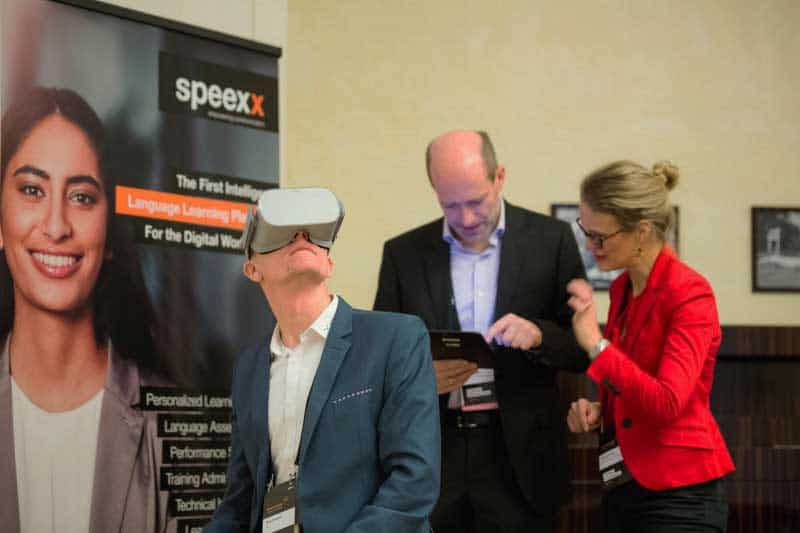
Learning transformation through gamification
’Everything you enjoy doing, you do well,’’ said Meike Gil Roman, Corporate Partnerships from Headspring. She and her colleague, Stefan Marose (VP of Corporate Partnerships) focused their presentation on how gamification is a critical, important part of learning transformation within their organization, and explained that when users are truly engaged, and enjoying the learning experience, they are more likely to spend more time learning. In short, learners will carve out more space in their schedules to “play” (gamification as a form of learning) and avoid using up free time to read articles or watch videos to learn. If they’re having fun, they’ll put in the work.
Shaping learning transformation
To present a hands-on experience to show how gamification, specifically through VR games, is shaping learning transformation, this year, we at Speexx introduced the Experience Room. There, attendees were able to try out Headspring’s leadership game, Earth-to-Mars, which uses VR to simulate the pressures leaders face while working in challenging circumstances (staying focused under pressure, as well as dealing with complex and conflicting priorities in daily business). ‘’Listening to all of these brilliant speakers talking about many different and interesting aspects of learning transformation and then being able to experience part of it on site with the Headspring virtual reality game really put things into perspective for me,’’ said participant, Olivia Ansell, Senior Operations Executive at Gobeyond Partners.
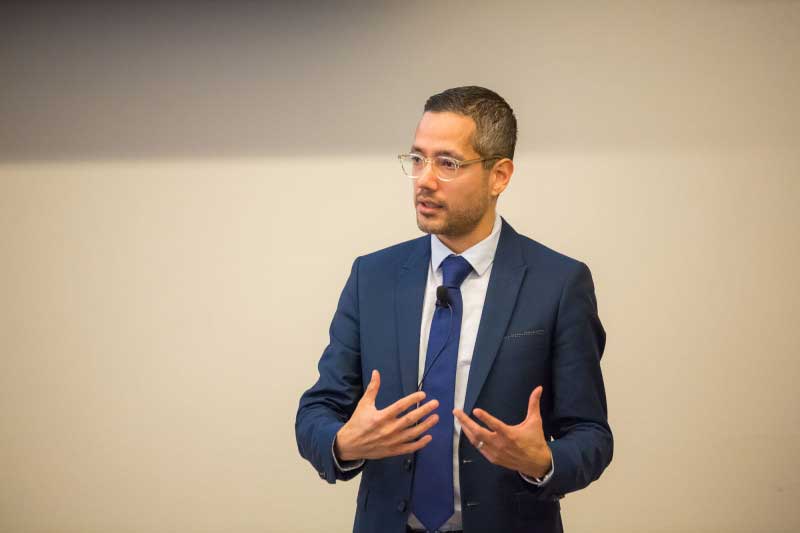
Transforming learning through user design
‘’How can we look at learning that enables others to create and share more learning?’’ Innovation Director of the Humanitarian Leadership Academy, Atish Gonsalves, posed this question to the audience as he discussed how innovation in learning can mean many different things. His organization aims to support aid workers, particularly local aid workers, to be better prepared to respond to disasters; Atish, in particular, is responsible for scanning emerging technologies and methodologies like AI, VR and chatbots to be part of a co-creation process which will then enable others to create and share more learning.
He believes that learning should be more about not just delivering knowledge, but ensuring learners are part of the co-creation process as well. He warns that creating a learning program without the users involved could mean creating a program not suitable for the target audience – in other words, the learning programs will fall short of success.

AI and learning transformation
AI and machine learning – hot topics everywhere, even in the L&D community. To help us better understand how AI and machine learning come into play when it comes to growth and development, we heard from experts like Philippe Wacker, Executive Director of LT-Innovate, and Tom Turnbull, Co-Founder and VP Partnerships at OpenSesame.
Crossover between technology and L&D
‘’Those of us in HR and L&D, we are in a truly interesting business at a very interesting time in history, as we are experiencing this crossover between technology and L&D,’’ said Tom. He pointed out that more than 90% of the world’s data has been created in the past two years, and that that we are also developing technology that processes data better than ever before; as such, like every industry, HR and L&D are poised for a historical shift unlike any other (after the revolution of the printing press), and we should all prepare ourselves adequately.
Tom also shared the definitions that OpenSesame uses for AI and Machine Learning: At OpenSesame, AI is defined as ‘’any device or system that can perceive data in a similar way to how a human would and then maximizing the goal, whatever the program is.’’
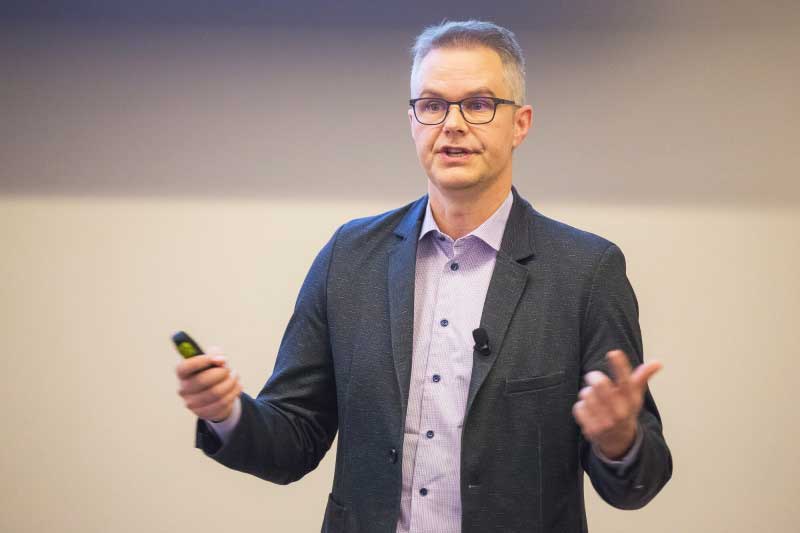
Machine learning in talent development tools
Machine learning, as opposed to AI, is defined as ‘’the next level where the program can learn from the results and make better and better decisions as it continues to learn.’’ He pointed to Netflix as the perfect example of this, and went into detail about how this Netflix approach influenced how OpenSesame has curated its content. The same approach with machine learning is being used in talent development tools, making the entire learning experience more personal and engaging. Now that course content is tailored to each individual learner (through the power of AI and machine learning), corporate training is more effective than ever before.
Learning transformation is happening here and now
The message is clear – learning transformation is happening here and now, and with AI and machine learning on the HR and L&D scene, there is no room for one-size-fits-all solutions. Corporate learning and training programs and courses are now following more personalized learning paths, and both employees and businesses are seeing the benefits (Tom reported OpenSesame is seeing a 100% increase in engagement rates through individual training content, 50% comprehension when content is delivered based on individual preferences, and a 33% increase in course completion rates).
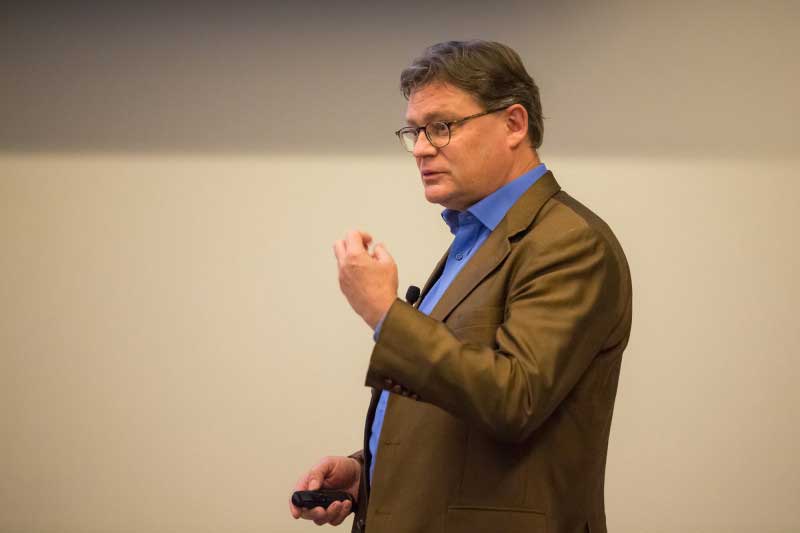
Using AI for good
The conversation on AI and machine learning was driven further with Phillippe, as he explained how language intelligence and L&D are about augmenting the human (for example, in military use cases, where helmets can be outfitted so that they are connecting soldiers with their base, or helmets can transmit images back to base, etc.).
Phillippe explained that as organizations work through learning transformation, AI creates new situations and new challenges for L&D and HR, but is also creating new opportunities in terms of offering dynamic, self-serve and continuous learning.
In his opinion, AI will not destroy jobs, but will transform jobs and create more opportunities for new jobs. Philippe says training and personal development are increasingly considered as the number one job benefit, and it’s thanks to technology and AI having rushed onto the scene.
‘’AI on its own is no use to anyone,’’ he said.
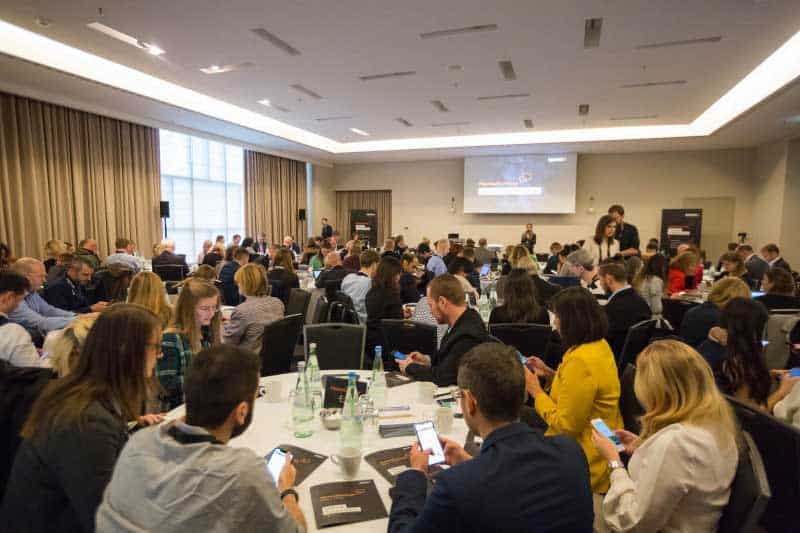
Humans and technology leading learning transformation
Throughout the day, it became apparent that as machines learn to handle many previously human-owned tasks, it’s evident that we’ll really need humans to step up when it comes to things machines can’t yet own – soft skills. This is where we need HR and L&D. These things tend to be what L&D focus on – working with people and helping them develop a plan, helping them understand the future of work, finding out which careers will appear and disappear (and how to upskill, reskill and prepare for that), and predicting where a company will go. These aspects of the business are now more relevant than ever. ‘’We need to adapt and help others to adapt; that’s our role in L&D,’’ said Laura.
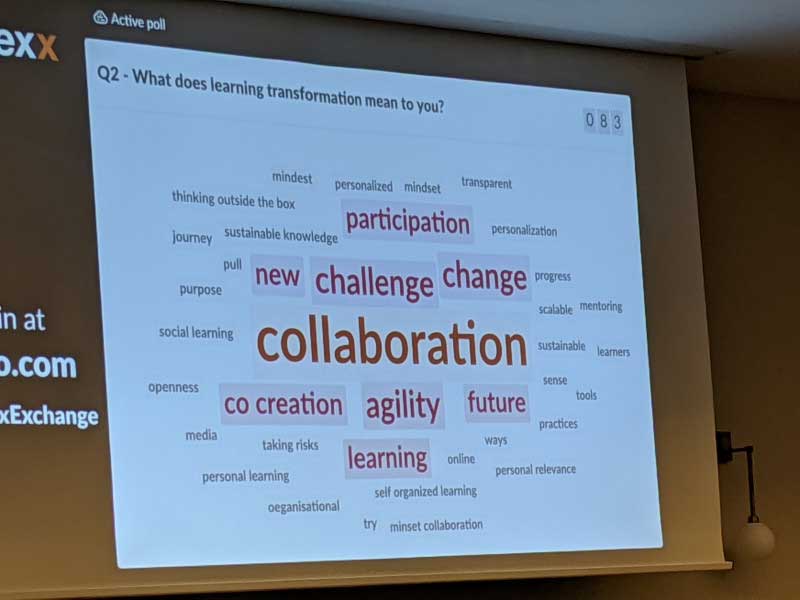
Addressing concerns on learning transformation and AI
As everyone came together in Berlin to discuss learning transformation, we also addressed questions related on how to measure impact, ethics in AI, important changes to the CEFR, explained by Prof. Dr. Bernd Rüschoff, Professional Network Forum of the Council of Europe, and much more. We also discovered some of the latest results from Europe’s leading independent benchmark research, as Jane Daly, Chief Insight Officer of Towards Maturity shared data to give strategic insight to the community. Hannelore Kolb, Learning Program Manager at Hager Group, also gave more insight to the ”six change levers” used to spearhead digital transformation and learning transformation in her organization, which ultimately pushed Hager Group to growing into a global player. As a group of HR and L&D leaders coming together from all fields, we shared best practices to understand how the community can successfully transform their learning and HR organizations to deliver real business value.
‘’Can leaders still be leaders if they stop learning?’’ asked the audience. ‘’Leaders will indeed still be leaders, but only by name, they will be leaders who do not lead anymore – and perhaps that is part of the problem these days,’’ said Phillipe.
Join the discussion
If you’d like to join the discussion and hear from thought leaders in HR and L&D, join us next year at Speexx Exchange 2020 in Berlin, where we will continue to tackle new challenges in the industry and discuss best practices and emerging learning technologies and trends. Take part in the Speexx Exchange Survey and let us know what your challenges and important topics of HR and L&D are in 2020. Participants also have the opportunity of winning a Microsoft Surface Pro Tablet and access to the Speexx language learning solutions!
